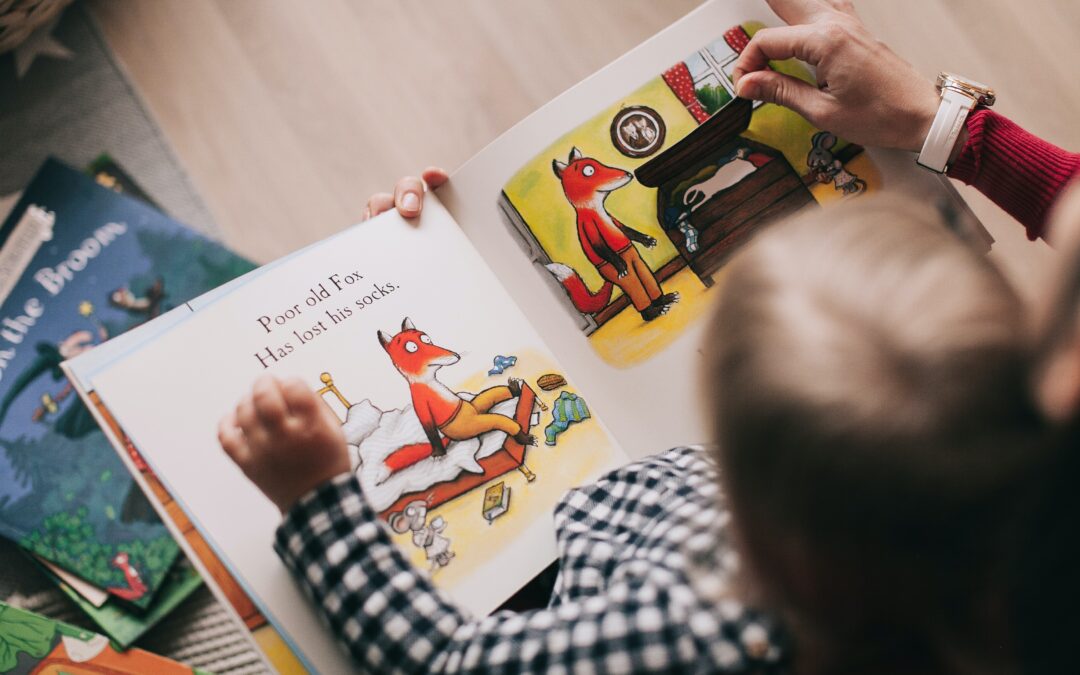There are many students who have educational needs that cannot be met through regular instruction and assessment practices at schools.
Special education needs can be met through:
- Specialized accommodations
- Educational programs that modify specific course expectations to be above or below age-appropriate, grade-level expectations
- Alternative expectations that help students acquire knowledge and skills that are not part of the curriculum
An individual education plan (IEP) is a written plan that describes special education programs, accommodations and services that a school board will provide for a student. These plans are based on a thorough assessment of a student’s strengths, needs and ability to learn and demonstrate learning.
The IEP process:
Your child can have an IEP for one of two reasons:
- An IEP must be developed for every student who has been identified as an “exceptional pupil” by an Identification, Placement, and Review Committee (IPRC).
- An IEP may be developed for a student who has not been identified by an IPRC as exceptional, but the board deems to require a special education program or services to:
- attend school
- achieve curriculum expectations
- demonstrate learning
A student’s provincial report card must link directly to the programs and expectations set out in their IEP.
Your child is formally identified as an “exceptional pupil”
School boards must provide special education programs and services to students who are formally identified as “exceptional pupils.”
An exceptional pupil is a student who has been identified by a committee as having behavioural, communicational, intellectual, physical or multiple exceptionalities that requires them to have a special education program.
Your child is not formally identified as an “exceptional pupil”
An IEP may be developed for students who have not been formally identified as exceptional by an IPRC, but who require a special education program or services to attend school, achieve curriculum expectations or demonstrate learning.
If you think your child requires an IEP and your child has not been formally identified as exceptional, talk to your child’s teacher or the school’s special education teacher about the process to create an IEP and the possibility of doing so.
What an IEP must include
A school must develop your child’s IEP in consultation with you or, if your child is 16 years or older, with your child.
The IEP must include:
- a description of your child’s strengths and needs and specific educational expectations
- an outline of the special education program and services that will be received
- a statement about the methods by which your child’s progress will be reviewed
- a transition plan that includes the specific goals, actions required, person(s) responsible for actions, and timelines for each educational transition where your child requires support
IEPs must be reviewed regularly
Schools should review your child’s IEP at least once every reporting period and update it based on their progress.
Principals should encourage relevant school board personnel and community personnel, who have previously worked on or are currently working with your child, to provide input and participate in the IEP process.

